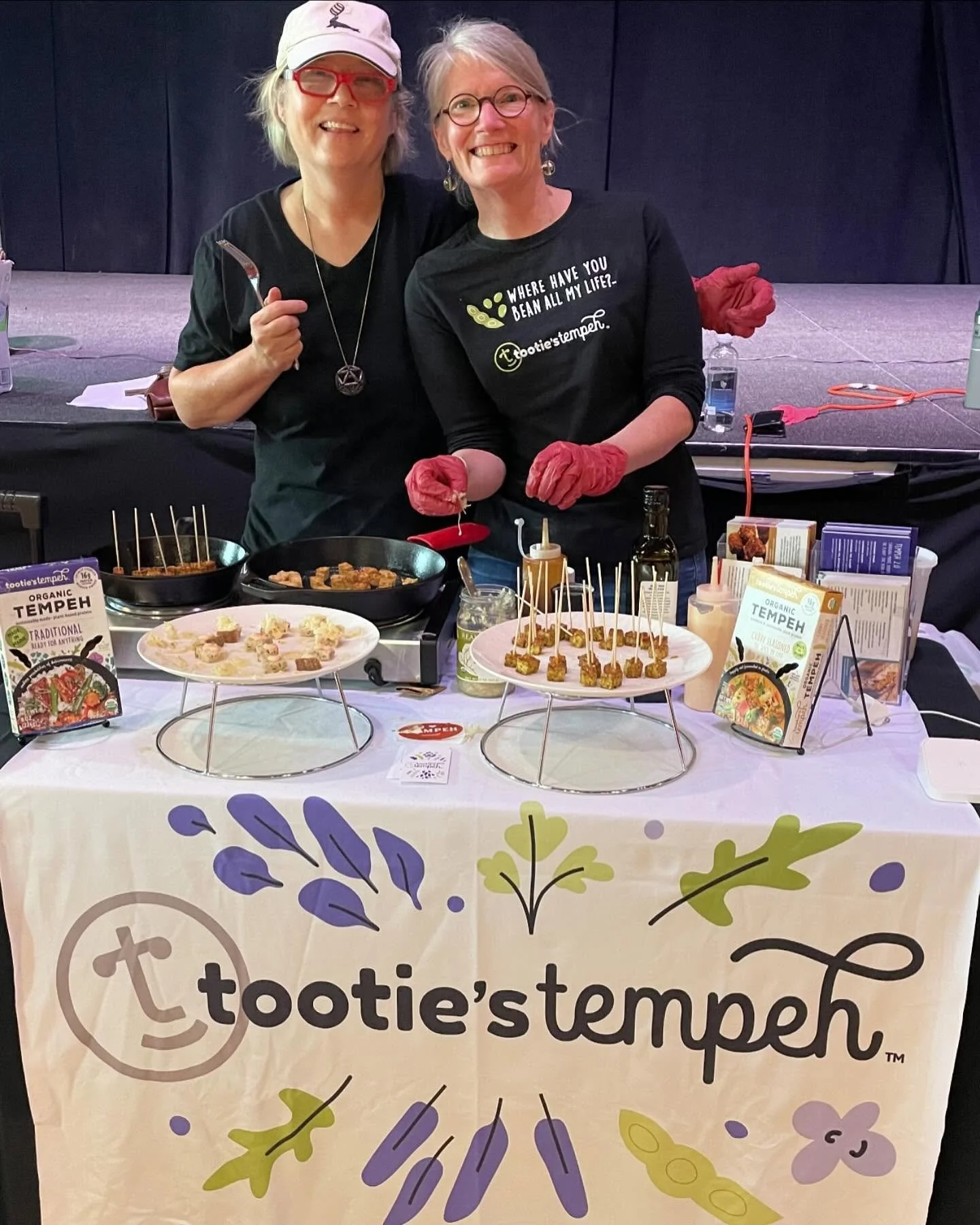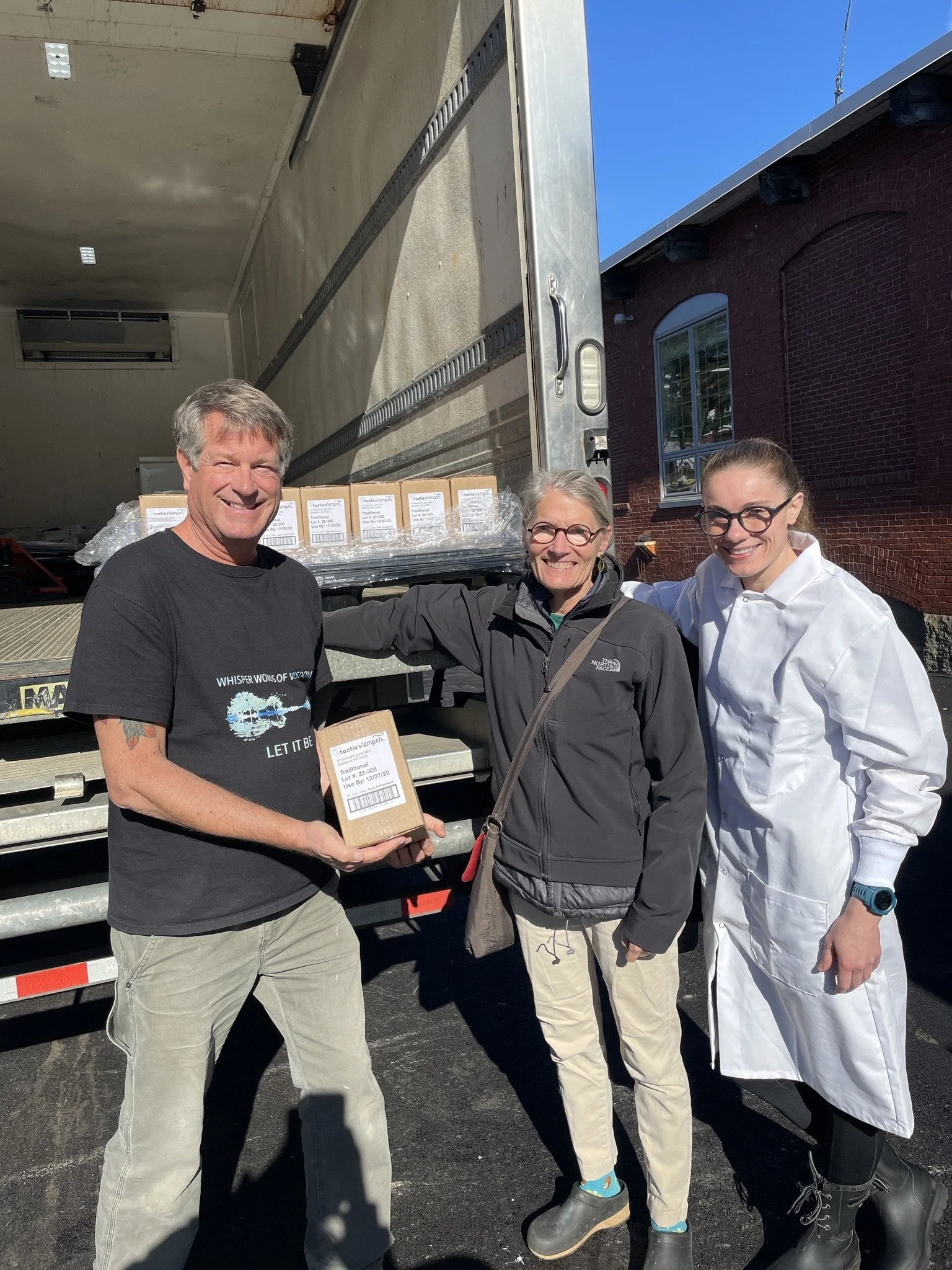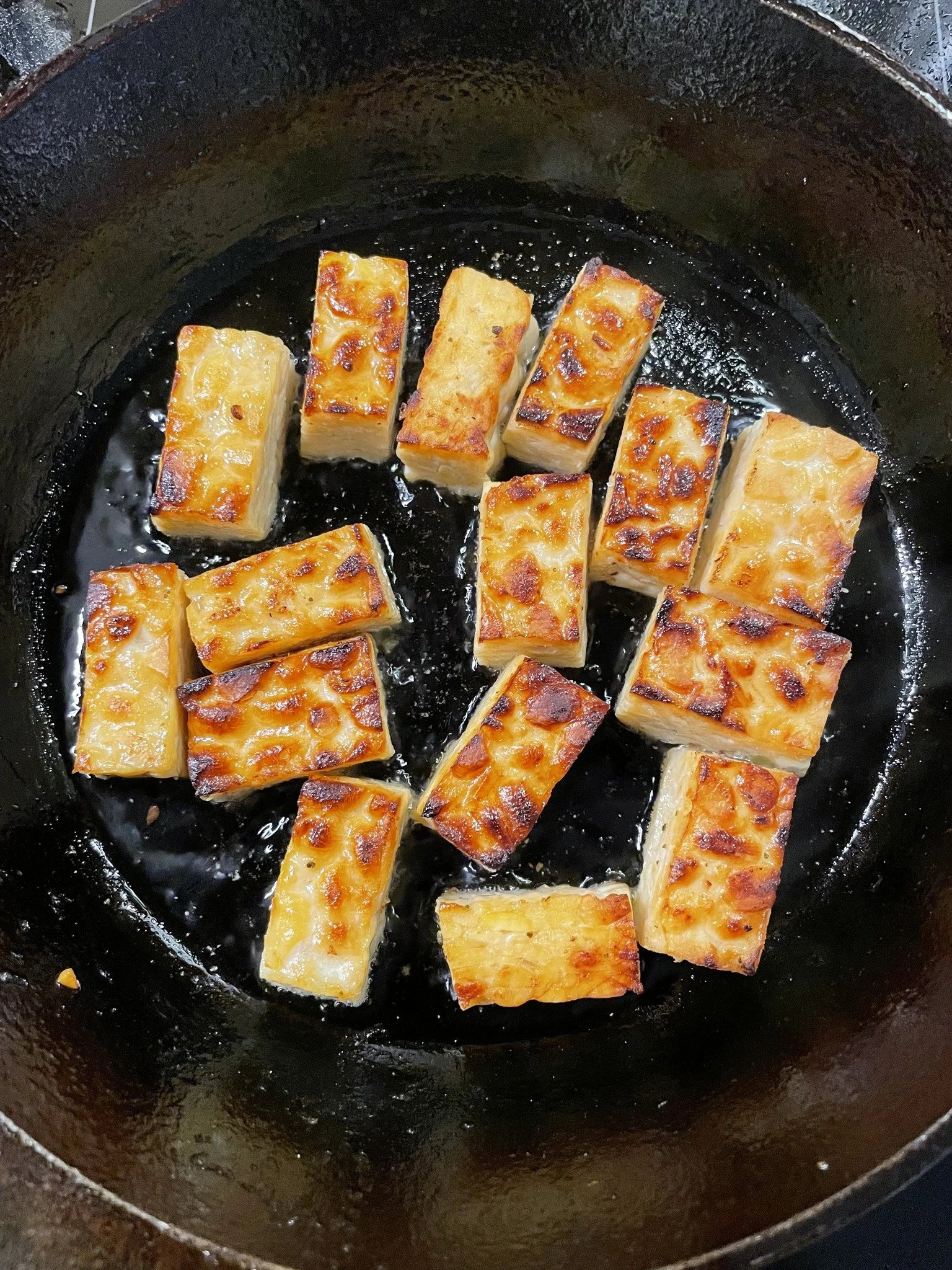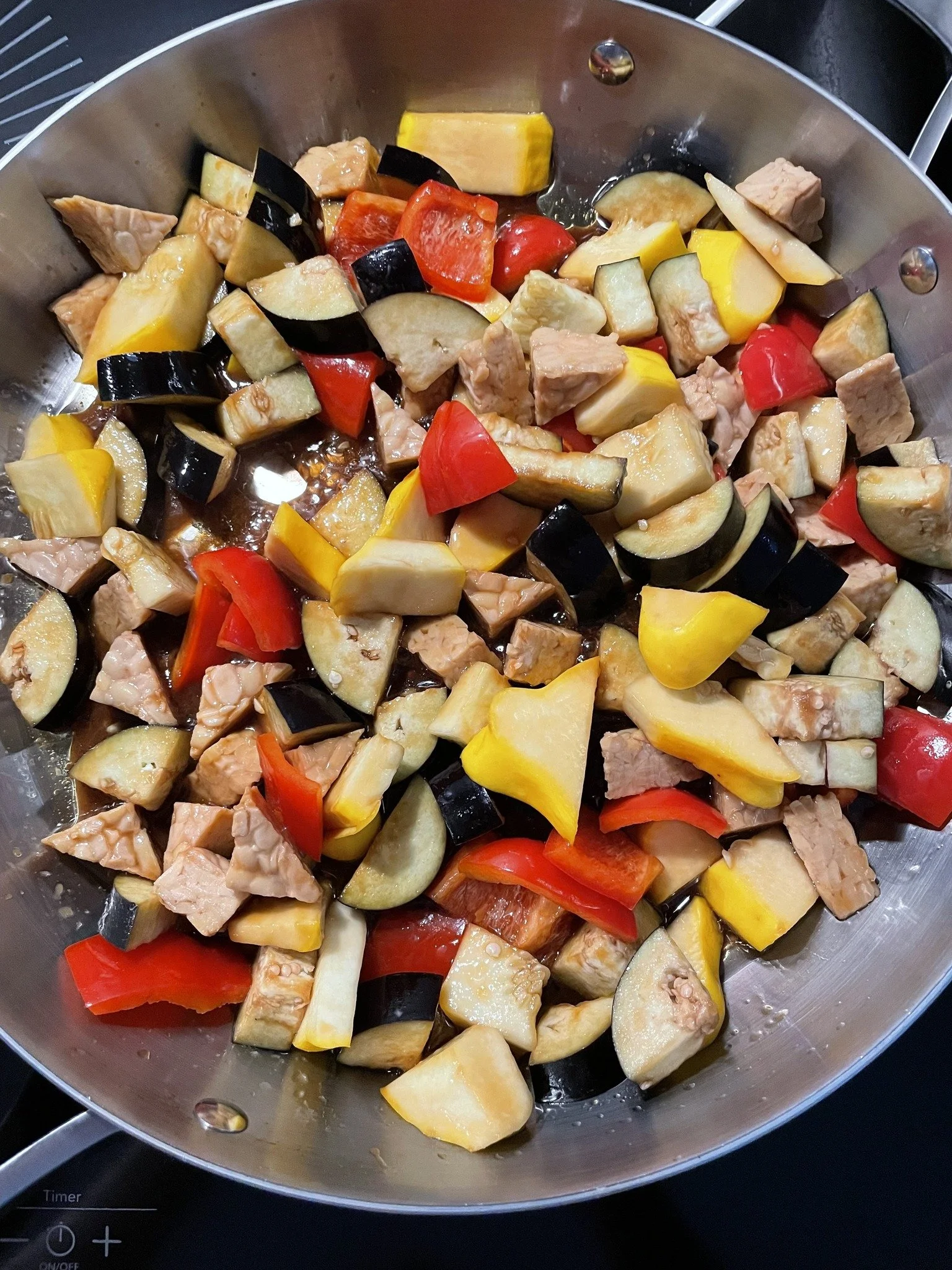Vendor Highlight: Tootie’s Tempeh





Tootie’s Tempeh: The Way Tempeh is Supposed to Taste
Written by Jan Heimlich
What soy-based vegan food has been around hundreds of years and has twice the protein and four times the fiber of tofu? The answer is tempeh. But then again, not all tempeh is created equal. Just ask Sarah Speare, the co-founder of Tootie’s Tempeh.
Speare, an award-winning food entrepreneur, co-founded the Biddeford-based company in 2019, named after her mother Tootie who was an avid environmentalist. “I saw an opportunity to make something more available for consumers who were hungry for food made from plants,” says Speare, noting that as more people are moving away from meat, they are eager to find foods high in fiber and protein. In addition, tempeh is fermented which promotes good gut health. For these reasons, Speare calls tempeh (made from whole beans) the “cool cousin” of tofu (made from soymilk).
Her decision to start a tempeh company grew from a number of principles she holds dear. For example, the company is a worker-owned cooperative and sources its soy beans locally and regionally to minimize the carbon footprint. But there was one issue that left her perplexed: The process of fermenting tempeh is typically done in plastic bags, where each cake sits in its own bag under high heat for twenty-four hours. “Who knows what forever chemicals are leaching into the food?” she wondered.
So Speare and her co-founder Barbara Fiore (who moved on in 2022) began a three-year R&D journey to try to develop a process that was more sustainable and healthier. After much trial and error and making a lot of “really weird tempeh,” she finally arrived at a process that includes the use of metal pans, each of which can ferment up to eight, 8 oz. tempeh cakes. Speare says by innovating this process, the company has already been able to save 75,000 plastic bags since it launched in 2022.
Making tempeh requires that it be inoculated with a mushroom culture, Rhizopus Oligosporus.. The combination of using steel pans instead of plastic bags, sourcing locally, and keeping to other best practices eliminates the bitter after-taste that plagues the commercial tempeh industry.
Speare says she hears from customers, including those in Indonesia where tempeh began, that “this is the way tempeh is supposed to taste.” Currently the company sells two products – traditional and curry-seasoned – and it is working on adding more flavors, such as a bacon variety that’s the number one-selling type of tempeh in the U.S.
Tootie’s Tempeh sells to stores from Maine to New Jersey, and they are looking into becoming a national brand by licensing regional production facilities where the soy beans are sourced locally at each location. According to Tootie’s website, “This will enable production to always support local farmers, workers, and communities, as well as minimize transportation.”
Here’s a tip: if you’re looking for some delicious tempeh recipes, check out Tootie’s website and Instagram, where you’ll see a new recipe every Tuesday. And be on the lookout in September for Tootie’s upcoming digital cookbook that you can download for free.
